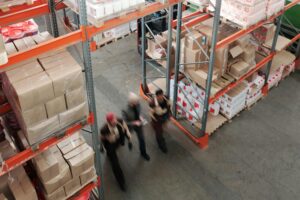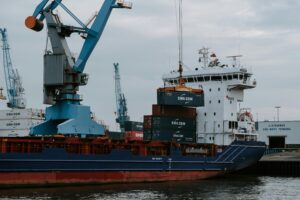Challenges in European Cross-Border Rail Transport
European cross-border rail transport faces a range of challenges, including variations in operational standards, congestion in transborder corridors, infrastructure limitations, and weather-related disruptions, each contributing to potential delays and logistical complications. Operational Standards Differences in operational standards can complicate rail logistics in Europe. These standards relate to maximum speeds, train lengths, and weights, as […]




















